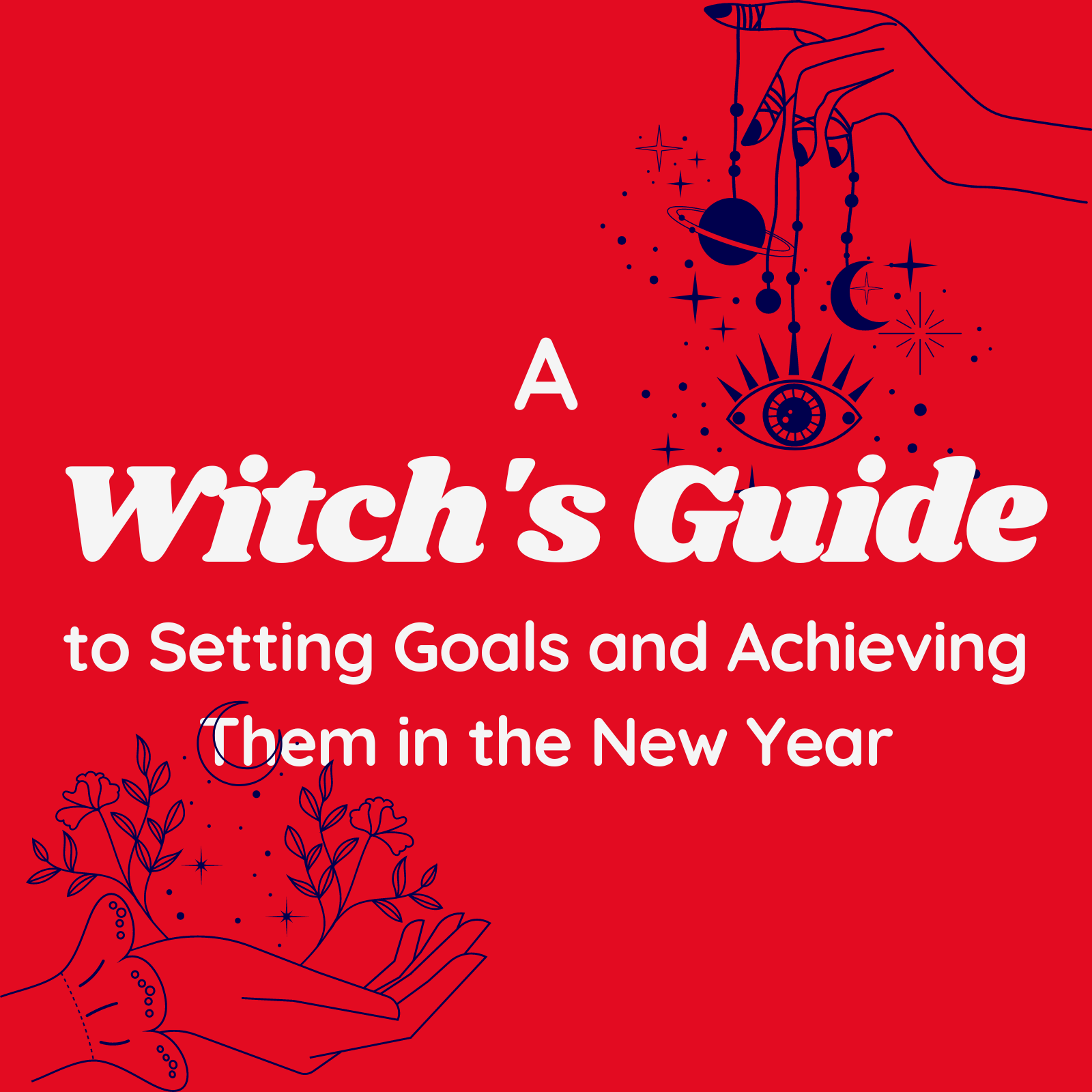Please note that posts on this site may contain affiliate links
The Wheel of the Year is an ancient pagan holiday that celebrates the cycle of seasons on Earth. It marks eight significant moments in the year, each celebrating a particular aspect of nature and life. The eight holidays that make up the Wheel of the Year are Samhain, Winter Solstice, Imbolc, Spring Equinox, Beltane, Summer Solstice, Lammas, and Autumn Equinox. These days have been celebrated by centuries-old cultures all over the world as a form of recognizing and appreciating the ever-changing cycles of Nature.
Today, followers of this old pagan tradition celebrate the Wheel of the Year by having solemn ceremonies and rituals that honor Nature and its different aspects for each day. This celebration is not just held to show respect for nature but also to mark important milestones in one’s personal life journey. By looking back at life’s changes throughout each holiday period helps to recognize both external and internal growth from year to year.
This yearly cycle of growth and contraction, death and rebirth, is celebrated in many different ways. Some people may choose to have a bonfire, light candles, or perform rituals that honor the gods and goddesses of nature. Others may choose to spend time outdoors, meditate, or practice yoga.
The Wheel of The Year is a unique way to celebrate nature’s wonders and pay respects to humanity’s connection with it. Celebrations can be individual or with family or even entire communities depending on where you live and your personal beliefs. The best way to experience these special occasions is by experiencing them firsthand so those interested should do research into their local customs and find some creative ways to enjoy this meaningful ritualistic tradition!

What Are the 8 Important Festivals or Sabbats in The Wheel of The Year?
The Wheel of the Year is an ancient calendar marked by eight powerful festivals throughout the year. These Sabbats, as they are often called, are divinely divided into four solar events, and four seasonal changes/farming-based festivals that honor the cycle of life and nature’s ever-changing seasons.
The first set of festivals begins on the Summer Solstice. This is a time to celebrate life at its fullest and feel joy in the abundance that each season brings. Winter Solstice marks the shortest day of the year, ushering in a period of cold dark months, where we pause to reflect before casting off old habits and starting anew again with Spring Equinox. Fall Equinox brings renewal as we prepare to enter our beloved winter season once more.
These solar events are alternate with four seasonal changes/farming based festivals: Yule (December 21st – 22nd), Imbolc (February 1st), Ostara (March 20th – 23rd), Beltane (April 30th – May 1st), Litha (June 20th – 22nd), Lughnasadh (July 31st – August 1st), Mabon (September 20th – 23rd) and Samhain (October 31st – November 1st). Each festival corresponds with quieter moments such as planting seeds for future growth during Imbolc, celebrating fertility and love during Beltane and preparing the harvest bounty during Litha.
The Wheel ultimately symbolizes a spiritual connection to nature; rotating through lightness & darkness throughout a continuous renewal cycle- an important reminder for us all to pause each season; honoring what we have gained in addition to reflecting fondly on what has passed away.
As witches and pagans, it’s helpful but not necessary to embrace this cycle that unites us all– keeping in mind what’s been given by those who walked before us while standing courageously in our own power each step along this journey! Whether connecting with friends or alone within nature, the wheel of year offers countless opportunities for celebration & connection at every turn!
Who Celebrates the Wheel of The Year?
The Wheel of the Year is a beautiful cycle of eight festivals that mark the changing seasons and celebrate the natural world. Celebrating the Wheel of the Year is an important spiritual practice for Wiccans, Pagans, Neo-Pagans, and practicing witches who want to honor their beliefs and connect with nature. As part of this celebration, many people enjoy grove ritual, food and companionship with like-minded individuals. Additionally, building shrines or decorating altars can be a meaningful way to honor each season as it passes.
The Wheel of the Year provides an opportunity for individuals to explore their spirituality in whatever way works best for them. This could include traditional rituals such as spellwork or divination, or more creative activities like wildcrafting, painting and music. It’s a great way to engage in bardic arts and donate time to others while enjoying special moments outdoors.
No matter how you celebrate it, observing the Wheel of the Year is an enjoyable tradition that brings joy into all our lives! Whether you prefer solitary practices or large rites of passage amongst friends, taking advantage of this seasonal cycle can lead to enhanced spiritual growth through self-reflection and acknowledgment of life’s lessons. So why not give it a try? You may be pleasantly surprised at what you learn about yourself!

When Is the Wheel of The Year Believed to Have Originated?
The Wheel of the Year is believed to have originated in the 10th century, with writing from the King of Munsters regarding four great festivals. It was further solidified in the 1950s when all eight festivals were combined to celebrate more often. The eight festivals included in the Wheel originate from various cultures such as the ancient Greeks, Romans, Germanic cultures of northern Europe, and Celts.
The four Celtic fire festivals are Imbolc (also known as Candlemas), Beltane (May Day), Lughnasadh (also known as Lammas or Lughnasa), and Samhain (also known as Halloween). These festivals are celebrated to mark powerful religious observances. They are filled with joy, good food, feasting, dancing, singing, music and sacred rites.
The other four events on the Wheel are the solstice and equinox celebrations – Yule for Winter Solstice; Ostara for Spring Equinox; Midsummer for Summer Solstice; and Mabon for Autumn Equinox. These events offer an opportunity to honor Nature’s cycle with activities such as decorating a tree at Yule, egg hunts at Ostara, bonfire rituals at Midsummer and gathering herbs at Mabon.
As a witch and Pagan woman, I am always delighted when it is time to celebrate one of these seasonal milestones! From shaking off winter blues with energetic dancing at Imbolc to marveling over star-studded skies on Midsummer night’s eve – I am grateful to have this connection with Nature throughout the year!
What Are the Four Cross-Quarter Festivals and What Do They Celebrate?
The four cross-quarter festivals are ancient Celtic fire festivals that mark the midpoint between the solstices and equinoxes. They are Imbolc, Beltane, Lughnasadh/Lammas, and Samhain. Imbolc is celebrated on February 1st and marks the beginning of spring.
It is a time to honor the goddess Brigid, who is associated with fertility, healing, and creativity. Traditionally people would light bonfires to celebrate the coming of spring and to encourage growth in their crops.
Beltane is celebrated on May 1st and marks the beginning of summer. This festival was traditionally celebrated by lighting bonfires to protect against evil spirits and to bring good luck for the coming season. People also danced around these fires as a way of honoring their gods and goddesses.
Lughnasadh/Lammas is celebrated on August 1st and marks the beginning of autumn. This festival was traditionally celebrated by offering up first fruits from the harvest as an offering to their gods and goddesses in exchange for protection during winter months.
Finally, Samhain is celebrated on October 31st and marks the beginning of winter. This festival was traditionally celebrated by lighting bonfires to ward off evil spirits and to honor the dead. People also dressed up in costumes to confuse any evil spirits that may be lurking around.
When Do the Four Quarter-Point Festivals Take Place, and Why Are They Important?
The Yule festival is one of the four quarter-point solar festivals celebrated around the world. It marks the winter solstice, when winter has taken complete possession of nature and is celebrated between family and friends indoors. During this time, stories are told, family games are played, and a Yule log is burned to celebrate the freshly collected harvest. The festivities last for two weeks from the winter solstice until January 6th of our calendar.
The Yule festival also celebrates the birth of the sun. Despite being in the middle of winter, it marks a point where the sun has reached its lowest point and will begin to be reborn little by little. This rebirth is symbolized by King Holly reigning over the dark phase of the year for six months before King Oak returns to take his place and rule from this date onwards. This holiday serves as a reminder that even in darkness there can be light, hope, and new beginnings.
The other quarter-point festivals are Ostara, Midsummer, and Mabon. Ostara is celebrated on the spring equinox and marks the beginning of spring. It is a time to celebrate fertility and new beginnings. Midsummer is celebrated on the summer solstice and marks the longest day of the year. This festival celebrates the power of the sun and its life-giving energy. Finally, Mabon is celebrated on the autumn equinox and marks the beginning of autumn. This festival celebrates the harvest season and is a time to give thanks for all that has been gathered.
These festivals are important because they mark the changing of the seasons and remind us to take time to appreciate nature, celebrate life, and give thanks for what we have. They also provide an opportunity to connect with our ancestors and honor the traditions of our past. Celebrating these festivals is a way to stay connected to the natural rhythms of life and to remember that we are all part of something much bigger than ourselves.
How Do Pagans, Witches, and Wiccans Typically Celebrate Each of These Holidays?
The Wheel of the Year is an ancient calendar used by witches, Wiccans, and Pagans to observe and celebrate holidays throughout the year. It provides a way to honor the changing of the seasons and natural cycles of life. This tradition has been around for centuries, celebrated through eight major holidays: Samhain, Yule, Imbolc, Ostara, Beltane, Litha, Lammas and Mabon.
Celebrating these witch, wiccan & pagan holidays with the wheel of the year can be a meaningful and healing experience. To get started:
- Check-in with your intentions and goals for each holiday season.
- Take time to meditate or do an oracle tarot reading to gain insight into what this season has in store for you.
- Decorate your altar with symbols that represent each holiday’s energy and purpose.
- Plant something such as seeds or herbs associated with each seasonal celebration like hawthorn berries during Beltane or squash at Lammas.
- Create ritual baths filled with ingredients connected to each season like sage during Samhain or lavender flowers at Mabon to tap into that season’s energies.
- Prepare meals inspired by the harvest with fresh fruits and vegetables from your local farmers market.
- Connect with the elements of nature by taking a walk in the woods or visiting a nearby beach.
- Spend time outdoors and observe the changing of the seasons.
- Make an offering to honor your ancestors and thank them for their guidance and protection.
- Participate in group rituals or ceremonies with other like-minded individuals to share energy and celebrate together.
The New Year is a great time to start fresh, and what better way to do that than with some magical help? This witchy book will show you how to properly plan your new year's goals and when to cast them, using lunar phases, planetary hours, planetary days, and monthly correspondences.
This intermediate level guide includes:
- Goal setting tips
- How to use the lunar phases for goal setting (new moon, waxing moon, full moon, waning moon)
- How to use planetary days and hours for goal setting ( Sun, Moon, Mars, Mercury, Jupiter, Venus, Saturn)
- How to use monthly correspondences for goal setting
- How to mix all of these for explosively powerful magic


